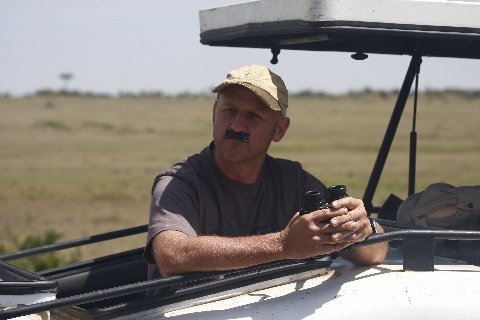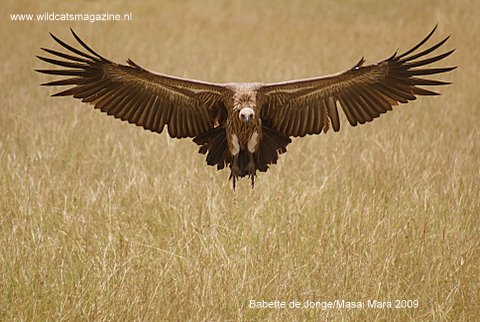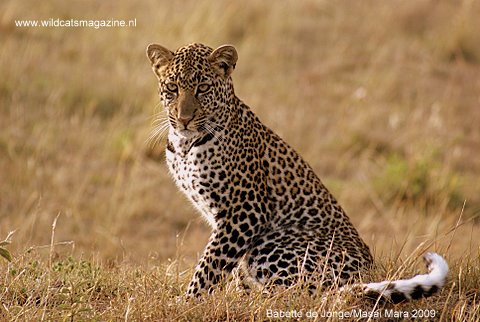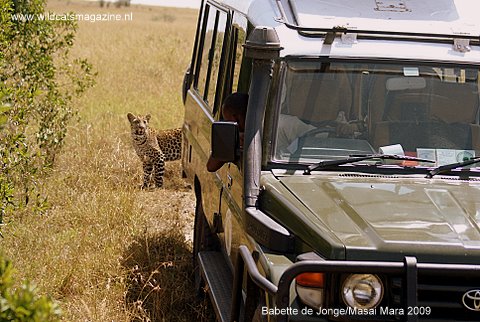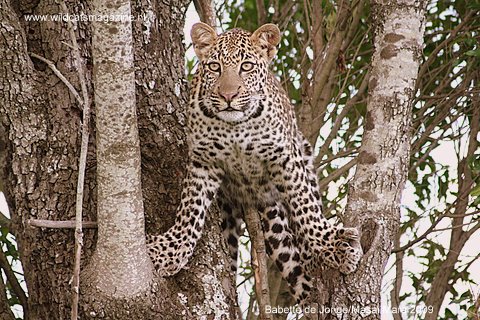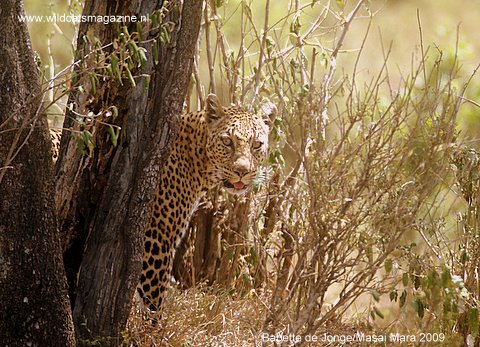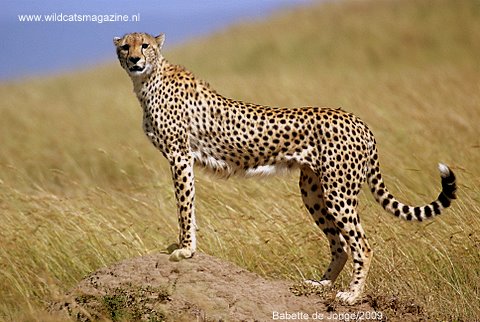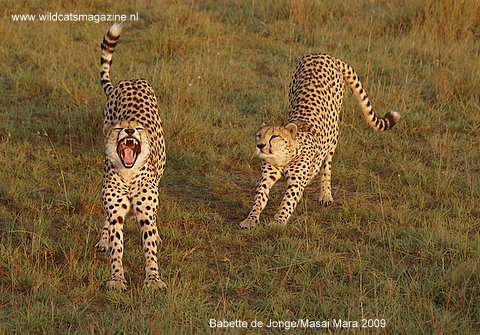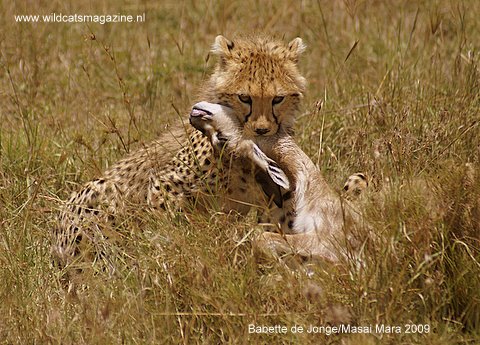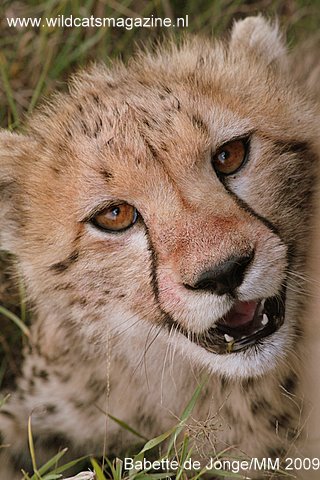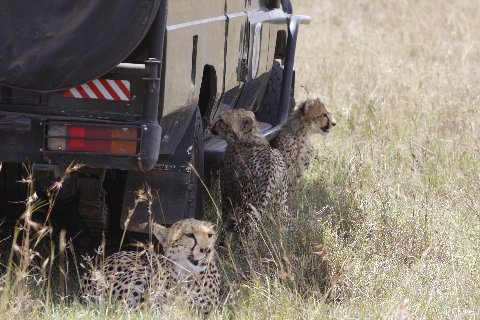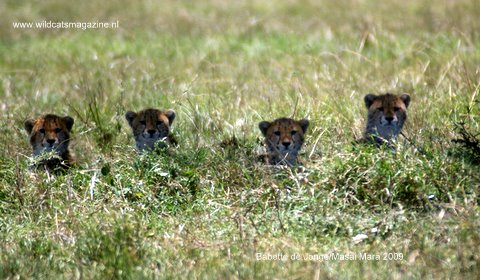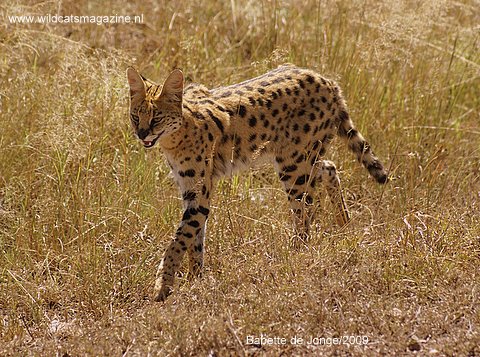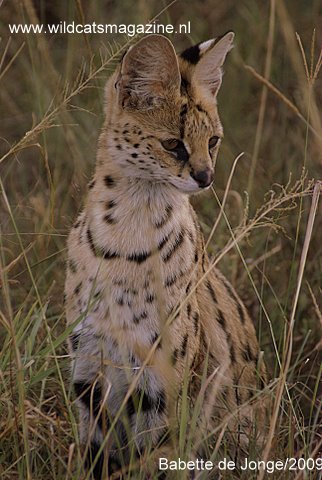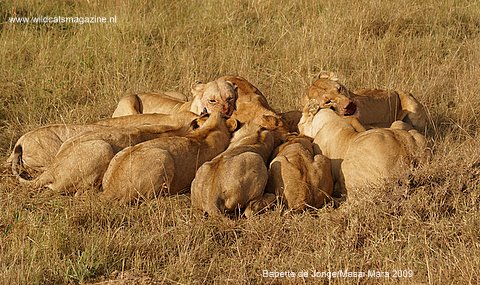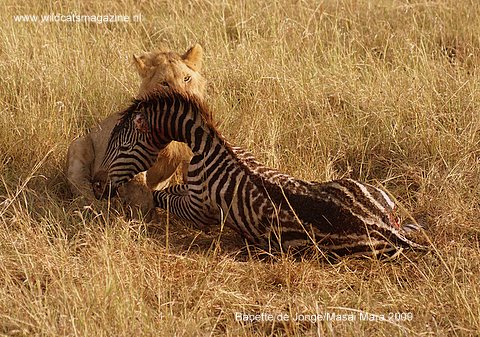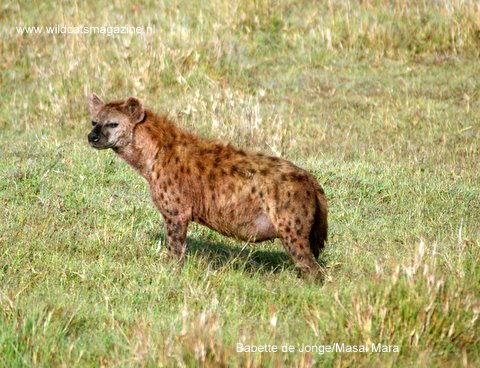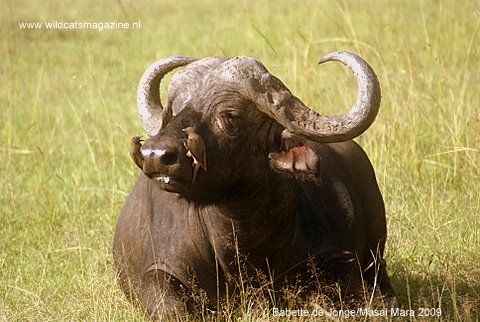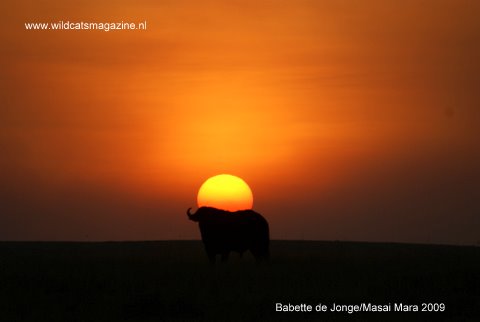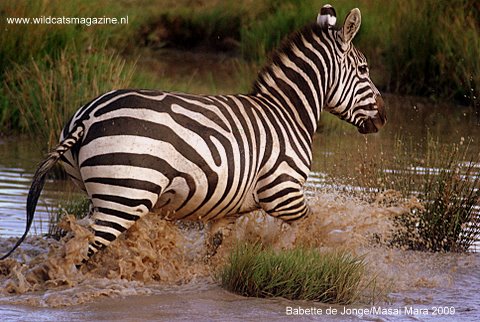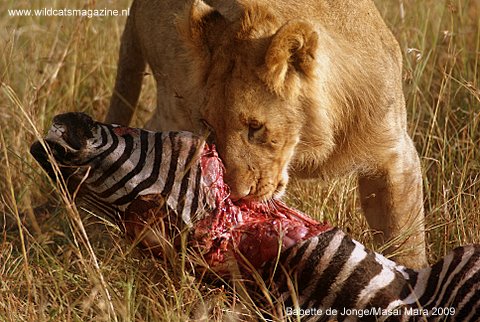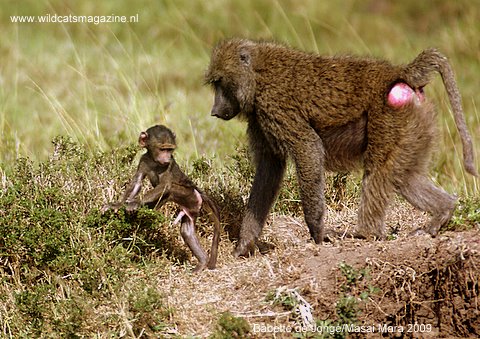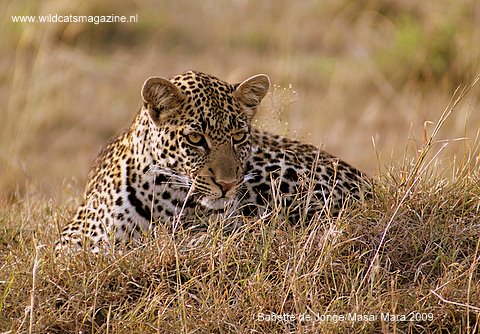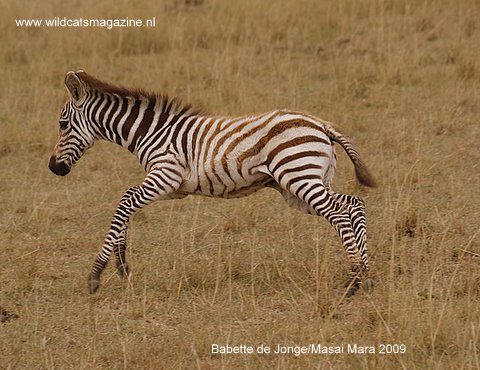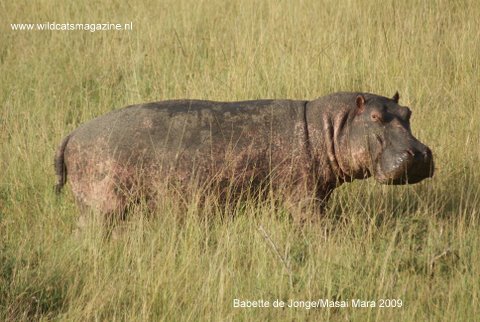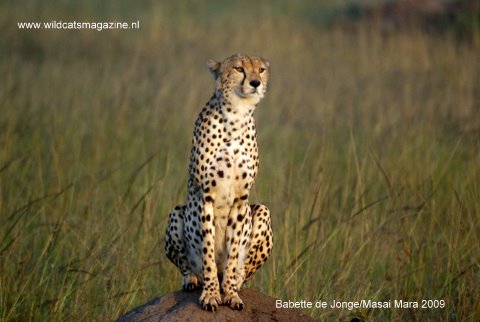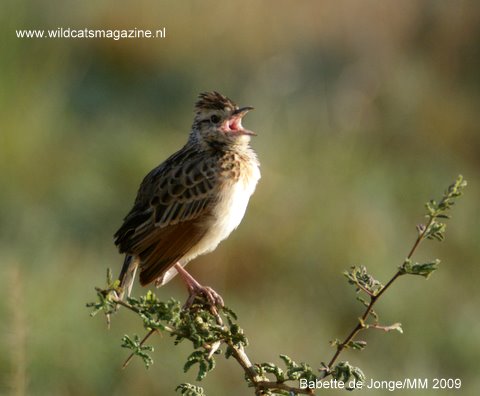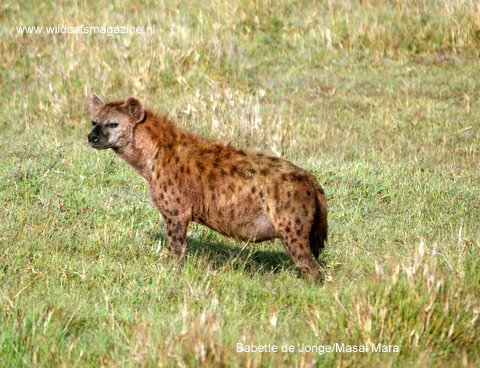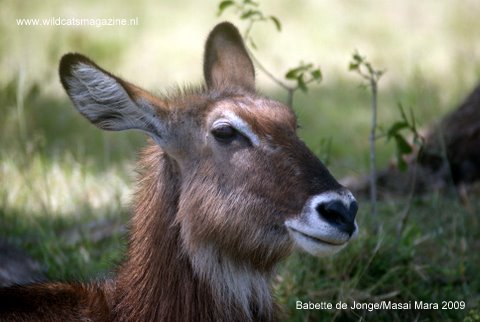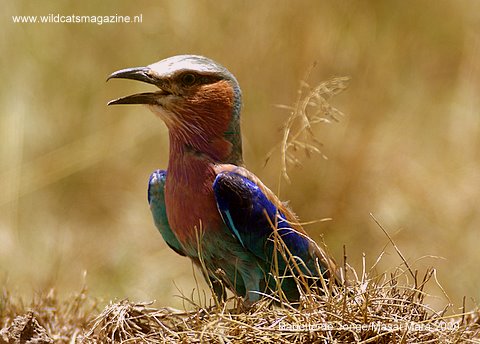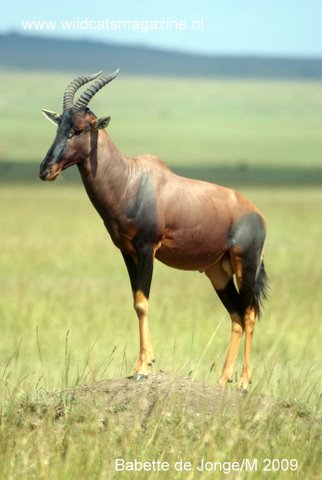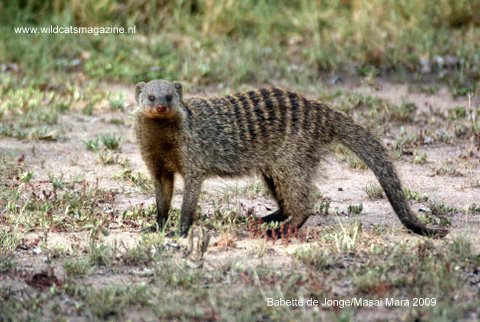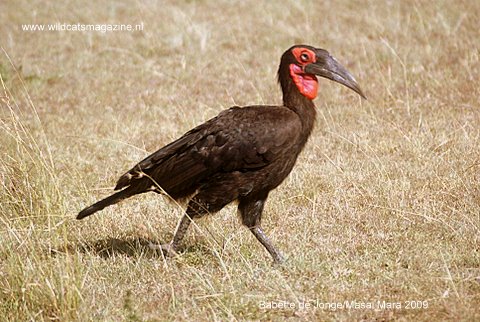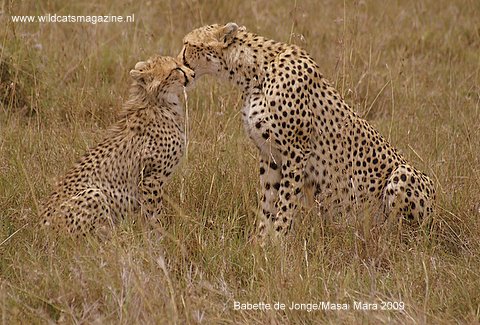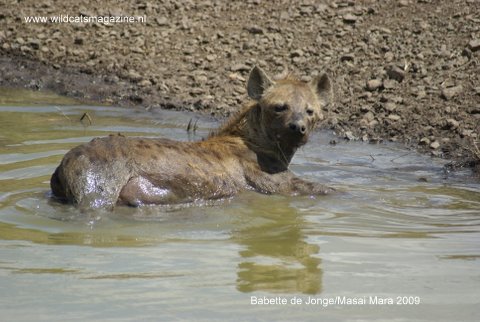The LIVE EXPERIENCE
The best of wildlife, great sunsets, waking up with natural sounds, lovely people, delicious food, … yes we are back in the Mara!
Recently we returned from another marvellous trip to see our beloved (big) cats in the wild again. We went back “home” to the big cats paradise, Kenya’s Masai Mara, and had the best trip ever. For 10 days we stayed in a tented camp, unfenced, and slept near the hippos, elephants and other wild animals, enjoying their sounds at night and early in the morning. Accompanied by a group of photographers and videographers, with some tuition from the Big Cat Diary cameracrew we saw lots of wildlife, and a record number of cats. 16 different cheetahs were filmed, 4 different leopards, over 30 lions and five servals. Thousands of photographs were taken, and many hours of video footage. Along the way we caught up with many of the stars of BBC’s Big Cat Live including the leopards Olive and Kali, cheetah Shakira with her three cubs and the three Honey’s boys, and the Marsh Pride of lions. Even Mr. Big Cat Live himself, Jonathan Scott, came to see “his” cats while we were there. But….it’s not all for granted; we had to work hard and be patient and luck has to be on your side. Read on and enjoy some of the great shots!
Having been in the Mara already a few times I can’t get enough of it. In 2006 I also joined the Wildeye filmtrip with Big Cat cameraspecialist Warren Samuels. This year multi award winning freelance cameraman/director/presenter for BBC, ITV, Discovery, Animal Planet etc., Gavin Thurston, accompanied us. Gavin also worked with Big Cat Diary for a while, filming one of the leading leopards of the series at the start, Half-Tail. Gavin’s not only great company, but it was of course lovely to hear his stories about his work with the cats. His favourite cat being the leopard we had good hope we would spend a lot of time searching the trees for these great, elusive cats. At the start we didn’t know yet how lucky we would be. We still cannot believe this.
The unfenced tented Mara Bush camp was the best place to stay. Excellent service and so close to nature. In the dark we were brought to and from our camps by a guide with a stick, as there are lots of wild visitors in the camp like leopards, hippos, elephants, baboons. The camp is usually only there during the migration time (june-October) but it was set up esp. for our group. A group of great, lovely people, all with the same interest, enthusiasm and good humor. We can’t wait to get back again next year. After long days out in the bush searching for the good stuff, we all joined in the evenings to download our footage and stills for our own Wildeye Big Cat dvd. The dvd was edited by Laura Turner, who was esp. hired for this job and joined us in the bush. She did a great job and she also was fun to be around with.
The first time I went to the Masai Mara in 2004 I was of course inspired by the long-running nature documentary series Big Cat Diary, also known as Big Cat Week or Big Cat Live, which follows the lives of African big cats in Kenya’s Masai Mara, presented by Jonathan Scott and Simon King and later on joined by Saba Douglas, Jackson Looseya and Kate Silverton.
The BBC wanted Jonathan Scott to give names to the leading cats, so that the watchers would be more familiar with them. It would become more personal. Lots of tourists went to the Mara just to see leopards Half-Tail or Bella, cheetahs Kike or Honey, or the famous Marsh Pride of lions. Of course it’s not that easy as it seems. It’s still animals living in the wild, even though they have names, and if they don’t want to be seen you just don’t get to see them. This makes it even more exciting and it’s even more rewarding if you get to see them. Esp. the most elusive cat of all: the leopard.
Previous times I was in the Mara, in august-september, during the annual wildebeest migration. This you have to witness for at least once in your live. It’s also a great time for the predators, who gather to take advantage of abundant prey. I always thought there wouldn’t be a better time to be in the Mara than during these months, so it came as a surprise to learn that also March is a very good time to go to see the cats. First of all it was great that there were very few other tourists and vehicles. Of course this was worse this year because of the crises.
At 6 a.m. sharp our crew left camp with three 4WD vehicles. Many days we took packed breakfast and lunch, just to return back to camp, already late, for dinner. The great and very skilled drivers, John, Wilson and James, drove us around all day around the Mara, tracking, spotting and filming the cats and other wildlife. It was great how much respect they have for the wildlife, never pushing it too hard.
We were in the Mara for the (big) cats but enjoyed the sights of all other great animals a lot too of course: big herds of elephants (lots of babies, like one a few weeks old), zebras, hyena’s (also three lovely pups), hippos, giraffes, buffalos, baboons, crocs, lots of colorful birds, mongoose….do I have to continue?
But we focused esp. on the almighty cats. The first big cat on our first game- drive was a shy, male leopard. Our driver James spotted him as he suddenly popped up in front of his car. This leopard acted like a “real” leopard and got away as quick as he could, hiding behind tall grass and trees. Lovely to have a short sighting though.
The first of four different leopards we saw during this trip, one of them most likely being Big Cat Star Olive, daugher of Bella, the leopard I had a good sighting of last time I was in the Mara. The last time Bella was seen she was badly injured and now it’s believed she had died, but nothing’s confirmed yet. Bella’s daughter Olive had three cubs, one male, eight-month-old Kali and two females, Ayah and Binti, independent from their mother. Bella, Olive, Ayah, Binti and Kali have been nicknamed the “Jackson Five” because new presenter Jackson Looseyia has been following their progress. The “Jackson Five” is intriguing because three generations of the normally solitary cats are living together.
Bella’s “grandson” Kali was one of our favourites of this trip and he really was “our” leopard, posing nicely and for a very long time, every time we saw him (five times in total). When more cars joined he usually behaved like a leopard again, finding some shelter. The first time we saw him he was enjoying his food (a leg of some antilope) and he took it into the tree and offered us a show: balancing on the small branches, just like he was almost falling out of the tree right in front of our car, but of course he didn’t.
He also had a nice look out for a topi, which was a great opportunity to take some more lovely shots. Another leopard we saw was a female one, also very shy and hiding, in her territory near Rhino Ridge. It’s hard to believe that it often happens that tourists come to the Mara just to see a leopard, stay for weeks, searching every day, without seeing any. If a leopard doesn’t want to be seen, you don’t see them, as simple as that.
The names to the cats sometimes leads to confusion we noticed, like with the female cheetahs Kike (daughter of Amber) and Honey. The local people give the same names to different cats than the BBC does. We were told Kike died, but it turned out to be Honey. It was great having seen Kike, with her two youngsters, in good health. A shame she didn’t jump on our vehicle. Like her mother Amber had done, Kike uses jeeps as vantage points to watch for danger or prey and to use as toilets (like Jonathan’s several times).
It’s a bit confusing now whether I’ve seen Kike with her three cubs in 2004 or was it Honey, who also had three cubs at the time. These three cubs are the famous “blood brothers” dominating the Mara now. We were lucky to see them several times.
It’s a shame that always and everywhere people are interfering with nature. Honey was killed in february 2007 after a tragic blunder by a vet when the vet shot her in the wrong place with a tranquilizing dart. The dart did not go into the muscle but hit her in the stomach near her kidneys. After her death, the Mara Conservancy had to provide food for the three remaining cubs for several months. However, they are now fully grown, hunt on their own, and are self- sufficient. The three brothers are now quite a killing machine when they hunt together (two of them hunting, the third one only eating). They only go for bigger prey like young zebras and it is said they even killed a topi.
We saw the three brothers several times. One time they were eating a zebra. A great display, also when the vultures came in after they finished, and when they were lying down under a tree with really fat bellies. A second time they were just waking up early in the morning, two brothers washing each other, the third one on the look-out on a termite mound, and all three stretching and yawning several times. One afternoon they were out to start hunting. A shame it was interrupted by a hyena who scared the possible prey. Another afternoon we stayed a very long time with them as they were very close to a kill, but then again they didn’t make it. Later in the afternoon they even let a family warthog pass by without attacking them. Never mess with a male warthog they must have thought. Later that night they made another kill we heard.
For Big Cat Live 2008, Jonathan Scott followed the story of another female cheetah, called Shakira (named after a b-singer, poor cheetah). Shakira had five cubs. Sadly, two of them died, possibly killed by hyenas.
So far, the three remaining cubs, all of which are female, have survived and we saw them! Having finally found them (great to get tips from a Disney filmcrew, familiar with Gavin) we waited for them to start hunting. It took a long time and while being there, watching, it went so fast and unexpected again.
She had her mind set on a a thomson-gazelle fawn, which she brought to her cubs to kill. Of course the cubs were more in for a play and a bite to eat then to do the job and kill the fawn, and it seemed Shakira wasn’t patient enough, and very hungry, to wait for the fawn being killed, so she already started eating while the cubs were pulling a leg… and the fawn was squealing.
Cheetahs are often using the shade of the vehicles to have a rest after a kill and eating the kill. The three brothers used our cars and it was lovely to have Shakira and the cubs very close to us, next to the car.
When I was looking down, I was looking straight in a lovely cheetah face. Shakira was cleaning her cubs and vice versa. The cubs tried if they could eat the tires and weren’t amused when they saw their own image in the clean vehicle. This of course was very amusing.
One day we were heading for the other side of the Mara, searching for Kike. This day we also saw another female cheetah, as well as a mother with four cubs, slightly bigger than Shakira’s cubs. Unbelievable, but we also saw Michael Jackson….my travel companions will know who I mean by this. Piers even filmed him and Laura filmed some crazy American tourist, or at least this person thought she was being filmed, but in fact some nice birds were filmed.
Great sightings we also had of several servals. As a group we saw in total 5 servals, though not individually. The first encounter with a serval in the wild I had in 2006 and I didn’t expect to see one again this year, let alone three. One of them was blinded by the light of our vehicle when we returned to camp in the dark, after our Kike-day.
The morning of the same day we already had a great sighting, a serval walking relaxed near the road, giving us some great photo opportunities, before he withdrew himself in a den. A similar sighting we had nearer our camp while we were searching for hours hoping to see leopard Kali again, but as I said: if they don’t want to be seen…
Then of course we saw lots of lions. Over 30 different characters, if we counted well. Though you can be sure you will always see lions, it’s not that you don’t have to search for them. One day we were looking for a lioness with very small cubs, but unfortunately we couldn’t find her. There are a lot of different prides in the Mara. Two famous prides, thanks to BCD, are the Ridge Pride and the Marsh Pride, but there are more Prides. One pride wasn’t doing so well, so we heard of the Disney team, even though there was plenty of food around. The hunts are not always succesful.
We did see some males and females with cubs playing around, a lion and lioness, ready to mate, posing nicely in the early morning sun for us.
A part of our group did see a fight between some lions. We we were mainly focused on the famous Marsh Pride though. They have been the most successful group to be filmed for Big Cat Diary. They have appeared on the show every year since the show started. The surviving cubs of the 1998 buffalo attack are now the oldest lionesses in the pride. These are White-Eye, Red and the Blonde sisters, Bibi and Lispy.
White-Eye (blind to one eye) and Red are terrific hunters and when we saw them they had just killed a warthog. We watched them eating; ten lions all wanting a bite of the same, relatively small, warthog, you can imagine how that must have looked and sounded? So much for their table manners, one of us remarked. We, people, had breakfast after this display and tried to eat in the same way.
Some more lionesses and lots of youngsters of the same Marsh Pride we saw a few days after and they were just feasting on two zebra kills, a young zebra and an adult. The skin of the zebra draped all over the young male’s head. Even though they had plenty to eat and they had really big bellies, they didn’t want the vultures to eat the leftovers. Some more lions came to have a bite.
It’s almost impossible to tell about what we have seen in every detail, but while reading this report it will give you an idea how much we enjoyed this trip again and how lucky we were, again(!), for having had so many absolutely fabulous sightings. If you’re not yet convinced, then let all the photos (a nice collection of the thousands of stills) speak for itself. Enjoy!
With many thanks to Piers, Gavin, the group and the people at the Mara Bush Camp and Sunworld.
When we returned from the Mara we also paid a visit to the Nairobi National Park. A report of our visit will follow later.
Some more shots…..


